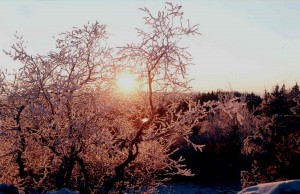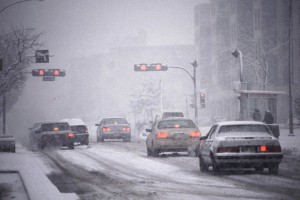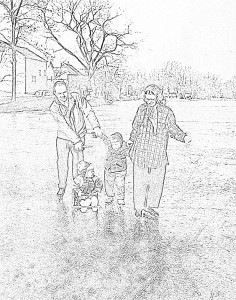December 21 marks the Winter Solstice. In the Northern Hemisphere, it is the day with the fewest hours of daylight and the longest night. This is due to the Earth being tilted 23½° on its axis relative to the plane of the Earth’s orbit. The tilt of the Earth also means that regions above the Arctic Circle (latitude 67½° N) do not see the sun for several weeks during this time of year.
In European culture, and in pre-Christian Northern European culture in particular, the Winter Solstice was a significant day, being the shortest day of the year. In the days and weeks leading up to the Winter Solstice, the days would get shorter. The dark days of winter were a time of hardship, due to not only the cold and darkness, but also because of the scarcity of food. Consequently, people in these pagan cultures would celebrate the Winter Solstice, which signified the rebirth of the Sun – seen as the giver and sustainer of life – with the days beginning to get gradually longer again. Various symbols or holiday practices grew out of these Winter Solstice celebrations, some of which survive today as Christmas traditions: the lighting of candles during the dark days, the burning of the Yule log, mistletoe, the exchanging of presents, and the holly are some examples.



